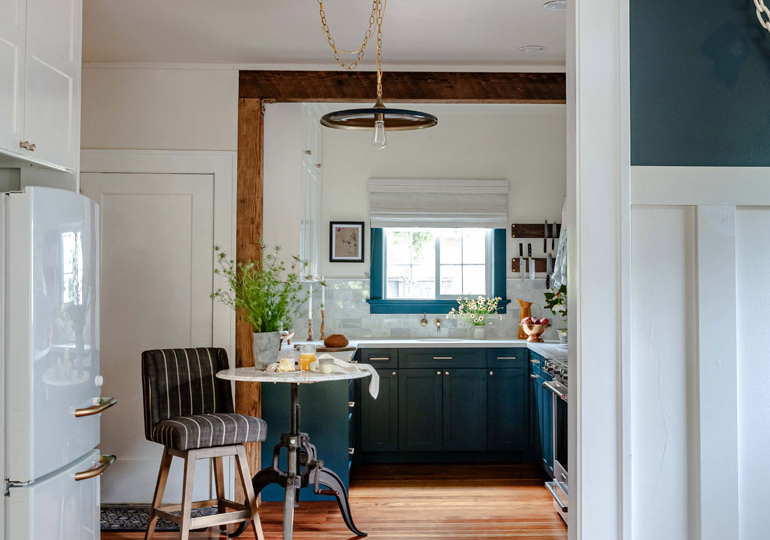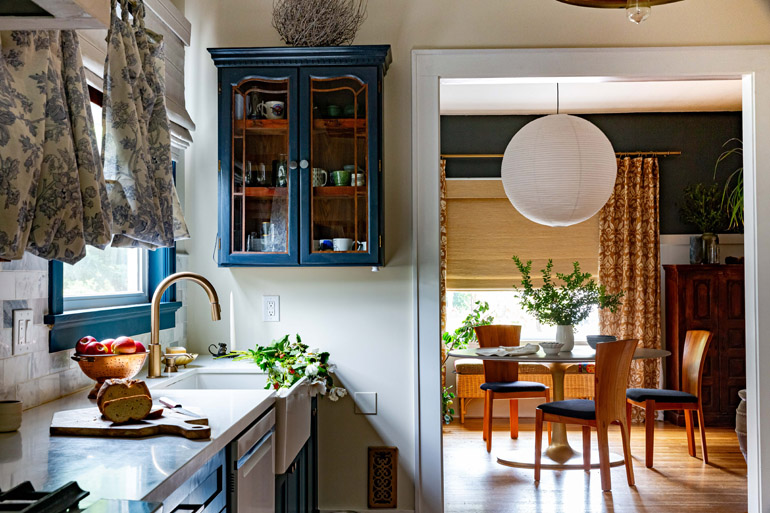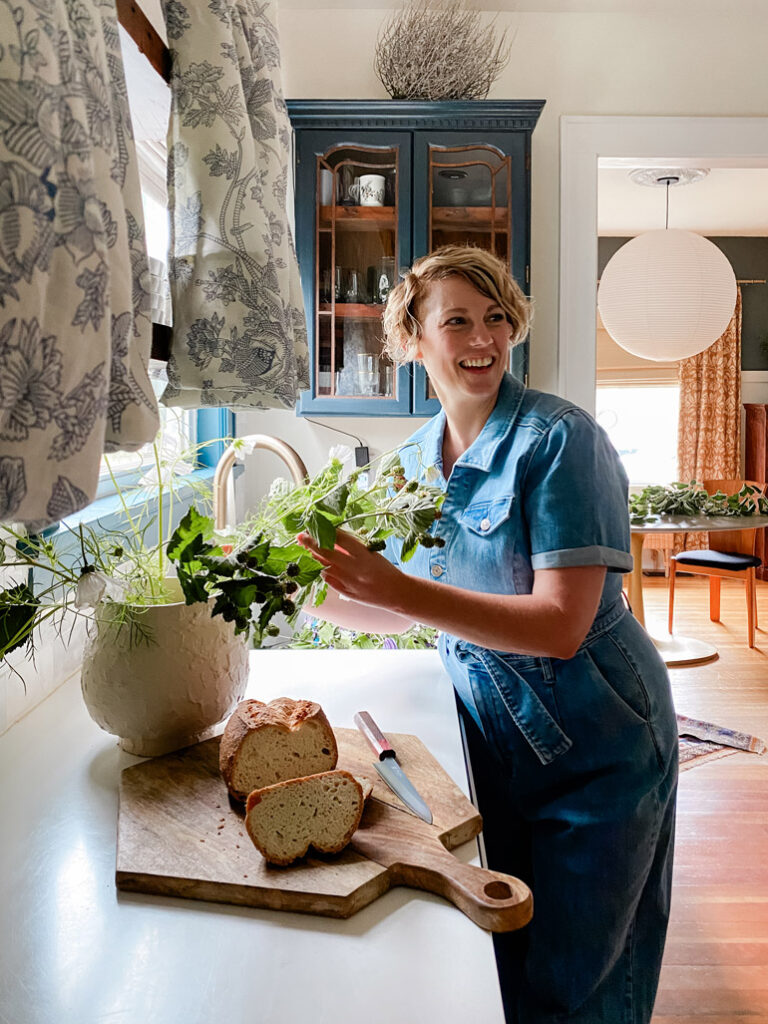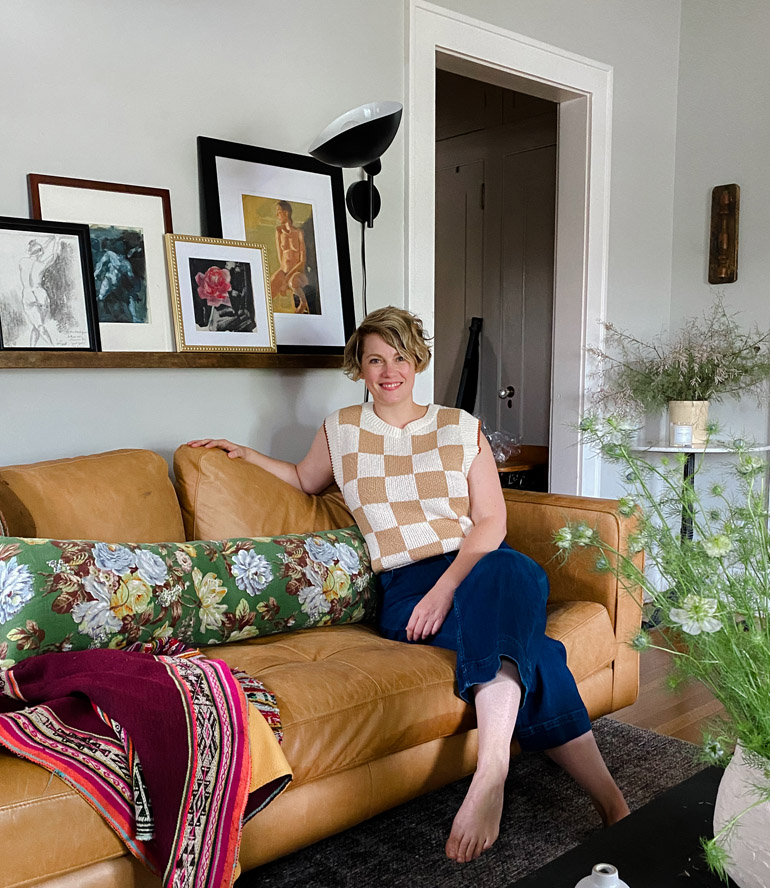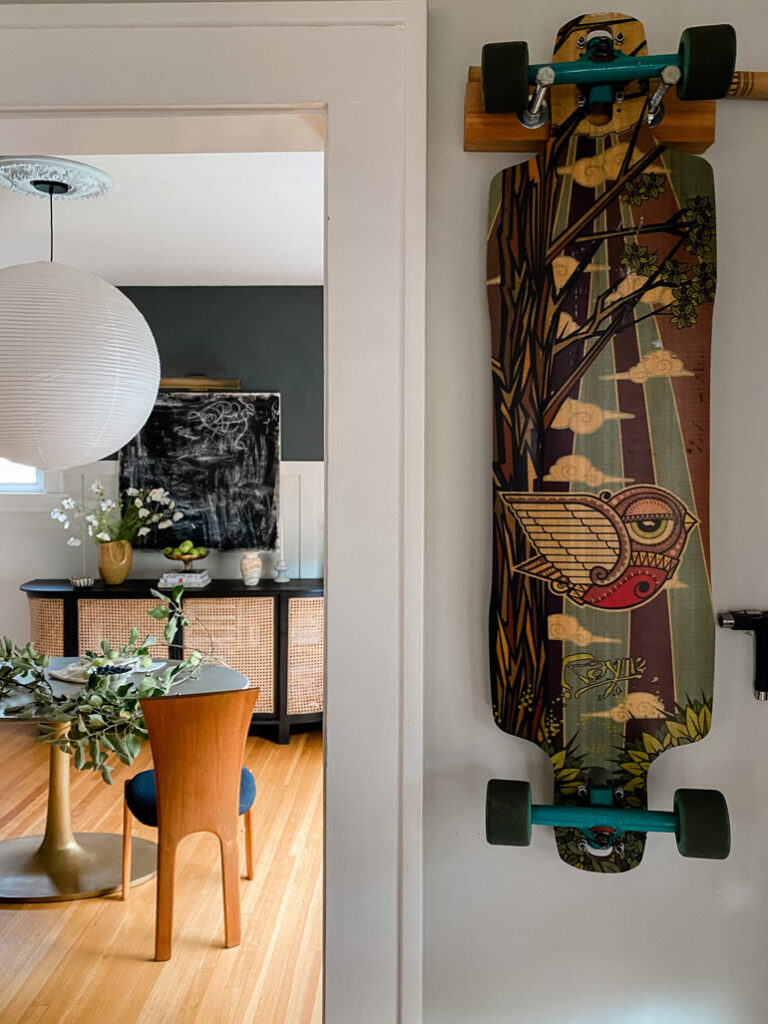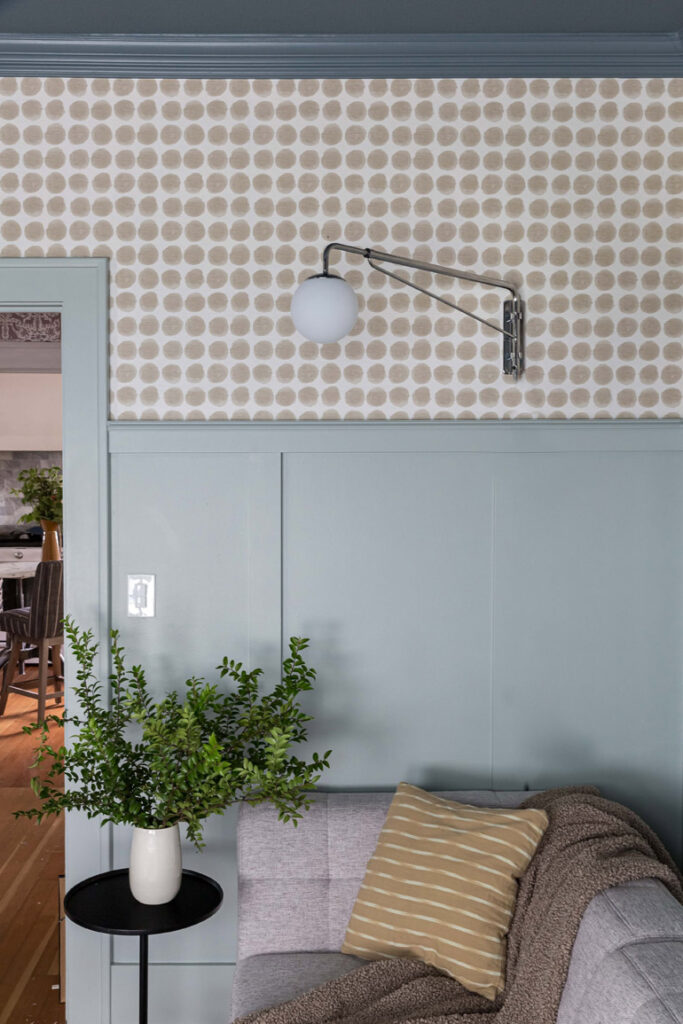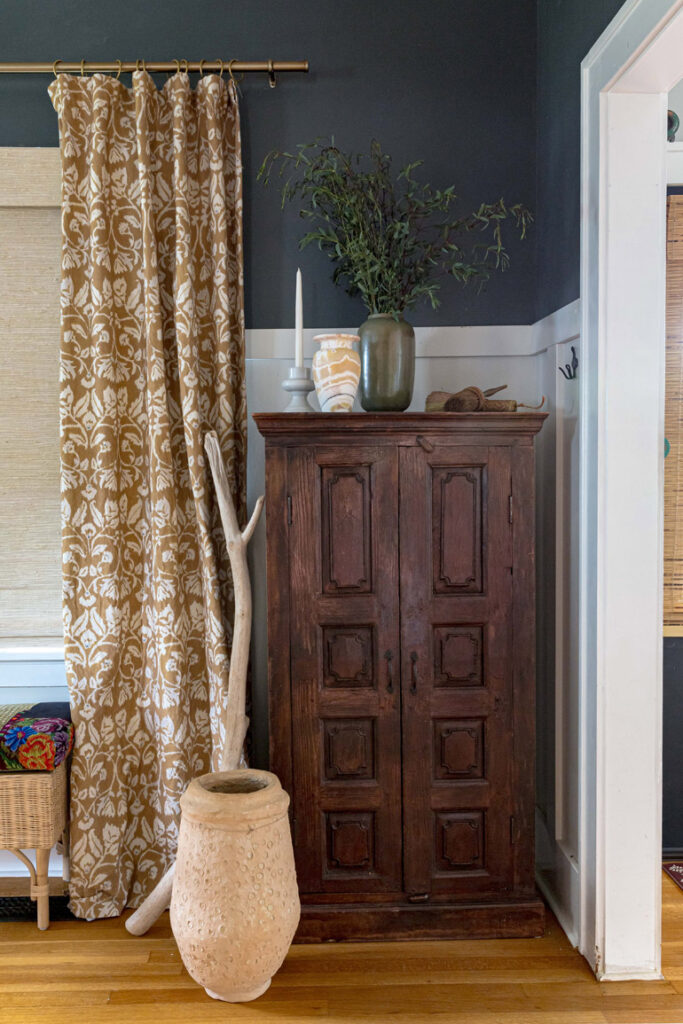
43-year-old North Portland resident Perrin Smith has done something extraordinary. In a quest that was part of his life for nearly three years, he walked every single street and alleyway in the City of Portland. That’s about 2,100 miles of pavement, gravel, grass, mud, and sidewalks.
Born and raised in rural New Jersey, he “escaped” the East Coast and came to Portland in 2006 after graduating from Northern Arizona University. A veteran of competitive running, Smith was geared up for a big season in 2020 when Covid hit and everything changed.
“I was bummed and really needed something to do,” he told me in an interview Monday for the BikePortland Podcast. “I started following people on Instagram who were running every single street and it looked like fun. And I thought, ‘Sure. Why not? I’ll do it’.” (Smith was inspired by Rickey Gates, an author and notable endurance runner who popularized the “Every Single Street” movement.)
Smith fired up his Strava app and, since he was still in competitive-mode, started his challenge running all the miles. When an injury struck, he switched to walking and the real journey began. “I started to realize that I liked walking even more, because I was going slower. I was stopping to take photos, I was looking at graffiti, or someone’s weird artwork in their front yard. And I just I kind of slowed down life and I looked around more, which is not something that I ever did. I was always so focused on running, but it became more about exploring and learning.”
“And ever since then I have done everything that I was doing, slower.”
His day job as a pizza cook didn’t require him to explore Portland, so he found himself navigating new neighborhoods with fresh eyes. At the start, he’d drive across town to start a walk. But a harrowing car crash in August 2022 led him to stop driving. Then he decided to not renew his license, has been carfree for over a year now, and used his bike or public transit to get across town and fill in new parts of the map.
The scariest place he walked? Marine Drive or Airport Way were both “pretty terrifying” he shared. (Note: If there was an off-street bike path adjacent to a street, he would not take it. He felt walking on the street was a required part of the challenge.)

His favorite place to walk? Southwest hills: Hillsdale, Maplewood and Markham neighborhoods especially. “It’s so much quieter down there. It’s like a totally different town.”
In one neighborhood he found a bunch of houses that had strange, artistic mailboxes. One of them, jokingly marked “Air Mail” was on a pole, 20-feet off the ground. He also walked with a group of friendly peacocks in southeast near Johnson Creek. One time a guy chased him down and angrily demanded to know what he was doing. “I’m just walking on the street! What’s the problem?” Smith remembers thinking.
But it’s the rich memories of every nook and cranny of Portland and everything he learned along the way that he’ll remember most. “I miss it. I really miss it,” Smith said. “I’d do it again.”
For more of this amazing story, please visit BikePortland.org to hear all about it in their podcast.

